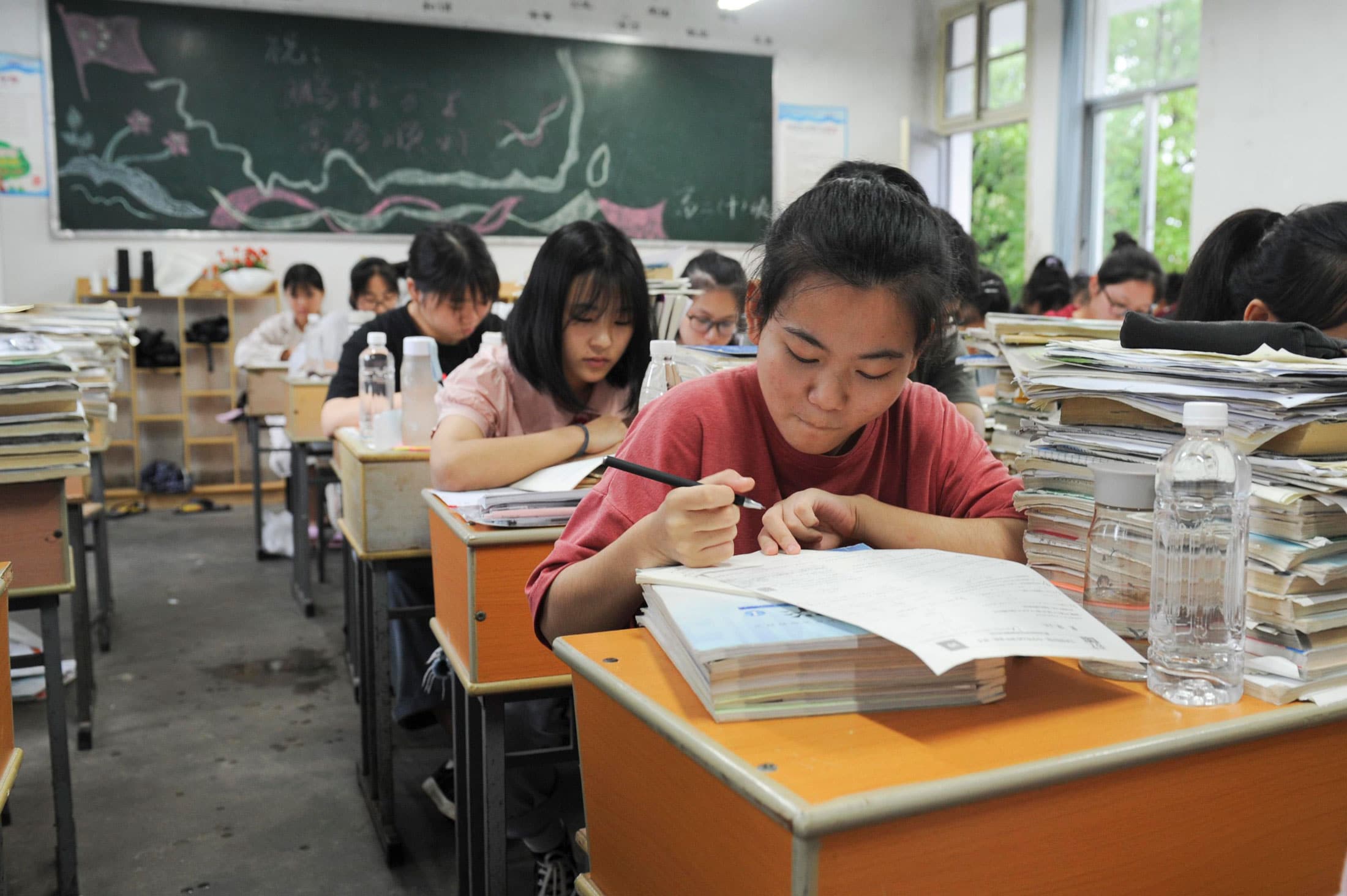กระบวนการสอนมีความซับซ้อนและยากลำบาก ครูต้องจัดการบทบาท หน้าที่ และเป้าหมายต่างๆ ในเวลาเดียวกันและในลักษณะที่ยืดหยุ่น นอกจากนี้ยังเป็นกระบวนการที่เปลี่ยนแปลงอยู่ตลอดเวลา ผู้สอนต้องไตร่ตรองและปรับเปลี่ยน ซึ่งต้องมีความยืดหยุ่นอย่างมาก หากต้องการให้การสอนมีประสิทธิผล วิธีการจะต้องได้รับการปรับปรุงผ่านการไตร่ตรองและข้อเสนอแนะจากตนเอง อย่างไรก็ตาม การสอนไม่ได้ขึ้นอยู่กับแง่มุมนี้เพียงอย่างเดียว อีกด้านหนึ่งของเหรียญคือลูกศิษย์
ปัจจัยหลายประการมีอิทธิพลต่อความสามารถในการเรียนรู้ของนักเรียนและความสามารถในการเรียนรู้ของนักเรียน การทดสอบและการสอบสามารถประเมินภูมิหลังทางสังคมวัฒนธรรม ความเป็นจริงทางเศรษฐกิจและสังคม ความรู้ก่อนหน้า ความรู้เกี่ยวกับวิธีการ ความเป็นอยู่ทางอารมณ์ สุขภาพกาย ความพากเพียร ความอดทน ความพร้อมของทรัพยากร ประสบการณ์ก่อนหน้า และอื่นๆ อย่างไรก็ตาม ปัจจัยต่างๆ มากมายมีอิทธิพลต่อความสำเร็จของนักเรียน
แม้ว่าความสำเร็จของนักเรียนจะเป็นจุดประสงค์หลักของการศึกษา แต่คะแนนสอบไม่สามารถใช้วัดความสำเร็จได้เพียงอย่างเดียว ดังนั้น คุณจะวัดความสำเร็จของนักเรียนได้อย่างไร ปัจจัยใดบ้างที่มีอิทธิพลต่อการวัดความสำเร็จของนักเรียน และแม้ว่าคุณจะคิดค้นอัลกอริทึมมากมายเพื่อคำนวณความสำเร็จ คุณจะแน่ใจได้แค่ไหน เมื่อคุณเริ่มวิเคราะห์การประเมินการสอนที่ยอดเยี่ยมนี้ การประเมินจะยิ่งดูซับซ้อนและน่าปวดหัวมากขึ้น
เมื่อมีการโต้แย้งว่าการประเมินผลการปฏิบัติงานการสอนเป็นเรื่องยาก นั่นไม่ได้หมายถึงสมมติฐานที่ทดสอบได้ แต่หมายถึงการประเมินว่าสิ่งใดมีความสำคัญอย่างแท้จริง! ดังนั้น ในเบื้องต้น จะต้องมีมาตรวัดความสำเร็จของนักเรียนที่ได้รับการยอมรับอย่างกว้างขวาง ก่อนที่เราจะสามารถตัดสินใจเกี่ยวกับกระบวนการประเมินผลที่มีประสิทธิผลได้ อย่างไรก็ตาม คุณไม่สามารถทำการศึกษาเชิงปริมาณด้วยตัวแปรแยกตัวในสถานการณ์นี้ได้ เนื่องจากไม่ใช่วิธีการที่ใช้ได้ผลในชีวิตจริง และจะไม่ก่อให้เกิดผลลัพธ์ที่มีความหมาย
คะแนนสอบและเกรดเป็นสิ่งหนึ่ง แต่เมื่อต้องตัดสินความสำเร็จในฐานะนักการศึกษาและครู คุณต้องมองไกลกว่านั้น น่าเสียดายที่ไม่มีการวิจัยด้านการสอนมากพอที่จะตอบคำถามที่ชัดเจนว่าควรวัดผลการปฏิบัติงานในการสอนอย่างไร
อย่างไรก็ตาม อาจสรุปได้ว่านี่เป็นกระบวนการที่ซับซ้อนซึ่งเต็มไปด้วยลักษณะเฉพาะหลายประการที่ไม่เหมือนกันสำหรับนักเรียนแต่ละคน ดังนั้น ผลลัพธ์ของนักเรียนแต่ละคนจึงไม่เหมือนกันและไม่สามารถสรุปเป็นการทั่วไปได้!








